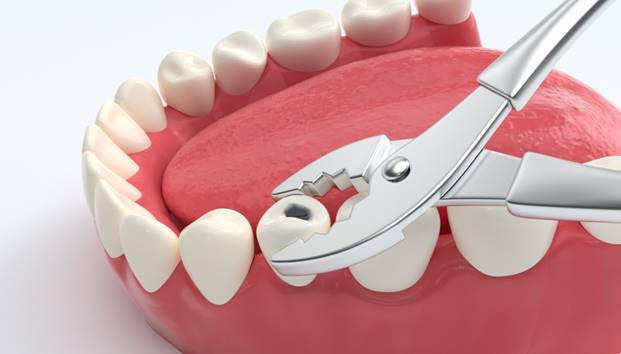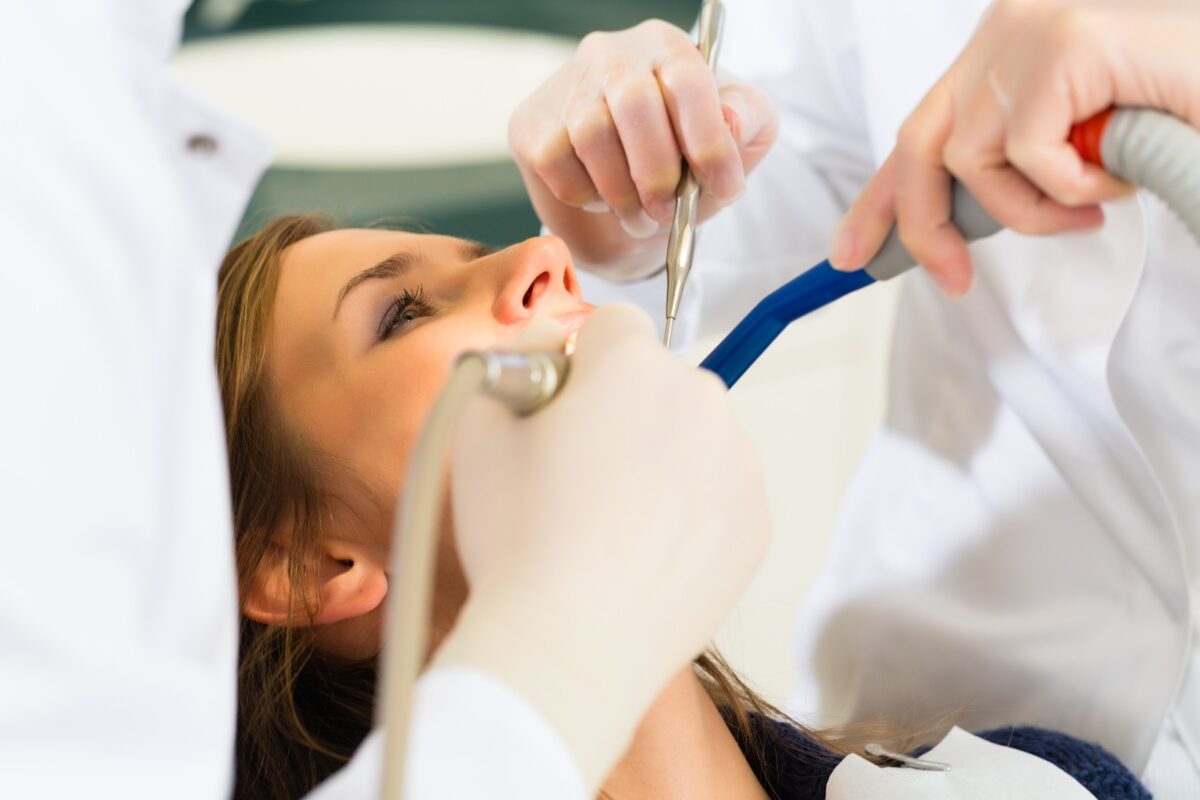Dental health is a priority for individuals and families alike, especially when it comes to preventing cavities in children and teens. One common preventive treatment is dental sealants, but many patients wonder: “Are dental sealants permanent?” In this blog post, we’ll provide a detailed answer to that question, along with expert insights, comparisons, benefits, and practical tips for lasting oral health.
What Are Dental Sealants?
Dental sealants are thin, plastic-like coatings applied to the chewing surfaces of the back teeth (molars and premolars). These surfaces often have deep grooves that trap food and bacteria, making them prone to cavities.
The sealant acts as a protective barrier, preventing decay-causing elements from settling into these hard-to-clean areas.
Are Dental Sealants Permanent?
No, dental sealants are not permanent.
While highly durable, sealants typically last 5 to 10 years with proper oral hygiene and regular dental checkups. Over time, they may wear down due to:
- Natural chewing forces
- Teeth grinding or clenching
- Eating hard or sticky foods
- Poor oral hygiene
Dentists often inspect sealants during routine exams and reapply them as needed to maintain full protection.
Sealants vs. Fillings: What’s the Difference?
Understanding the difference between preventive sealants and restorative fillings helps clarify the role of sealants.
| Feature | Dental Sealants | Dental Fillings |
| Purpose | Prevent cavities | Repair decayed or damaged teeth |
| Application Timing | Before decay occurs | After decay has developed |
| Material | Plastic resin | Composite, amalgam, or ceramic |
| Longevity | 5–10 years | 10+ years (depends on material) |
| Invasiveness | Non-invasive | Involves drilling/removal of tooth |
| Cost | Generally lower | Generally higher |
Conclusion: Sealants help avoid the need for fillings later. They are a proactive step in dental care, especially for children and teens.
Who Should Get Dental Sealants?
Dental sealants are most commonly recommended for:
- Children and teens (ages 6–14)
- Individuals with deep grooves or pits in molars
- Adults at high risk of cavities
- Patients with early signs of enamel breakdown
Sealants are especially valuable for newly erupted permanent molars, where early cavity prevention makes a long-term impact.
How Are Dental Sealants Applied?
The process is simple, painless, and takes just a few minutes per tooth:
- Teeth are cleaned and dried.
- A mild etching solution is applied to roughen the surface.
- The sealant material is painted onto the tooth.
- A special curing light hardens the sealant.
There’s no drilling, anesthesia, or discomfort involved, making this ideal for kids and those with dental anxiety.
How to Make Dental Sealants Last Longer
While not permanent, sealants can last many years with good care. Here are expert tips to prolong their effectiveness:
✔️ Practice Good Oral Hygiene
Brush twice daily with fluoride toothpaste and floss daily.
✔️ Avoid Hard or Sticky Foods
Chewing on hard candies, ice, or sticky snacks can weaken or dislodge the sealant.
✔️ Attend Regular Dental Checkups
Your dentist will check for wear or damage and can reapply sealants if needed.
✔️ Use a Night Guard (If Needed)
If you grind your teeth, a night guard can reduce wear on sealants.
Pros and Cons of Dental Sealants
Let’s evaluate both sides:
✅ Pros
- Non-invasive and painless
- Cost-effective cavity prevention
- Ideal for kids and cavity-prone adults
- Easily maintained and replaced
❌ Cons
- Not a permanent solution
- May need reapplication over time
- Can occasionally chip or wear off unnoticed
- Not effective once decay is present
Frequently Asked Questions
Do sealants completely prevent cavities?
Not completely, but they greatly reduce the risk—especially on molar surfaces. Combined with brushing, flossing, and fluoride, they form a strong defense.
Can adults get sealants?
Yes. Adults with healthy, cavity-free molars can benefit, particularly if their teeth have deep grooves or they’re at high risk of decay.
What happens if a sealant wears off?
The tooth becomes vulnerable again to decay. That’s why routine dental visits are key to monitoring and replacing worn sealants.
Final Thoughts
While dental sealants aren’t permanent, they provide years of valuable protection, especially during the cavity-prone early years. With proper maintenance and regular dental visits, sealants are an affordable and effective step in preventive dental care.












